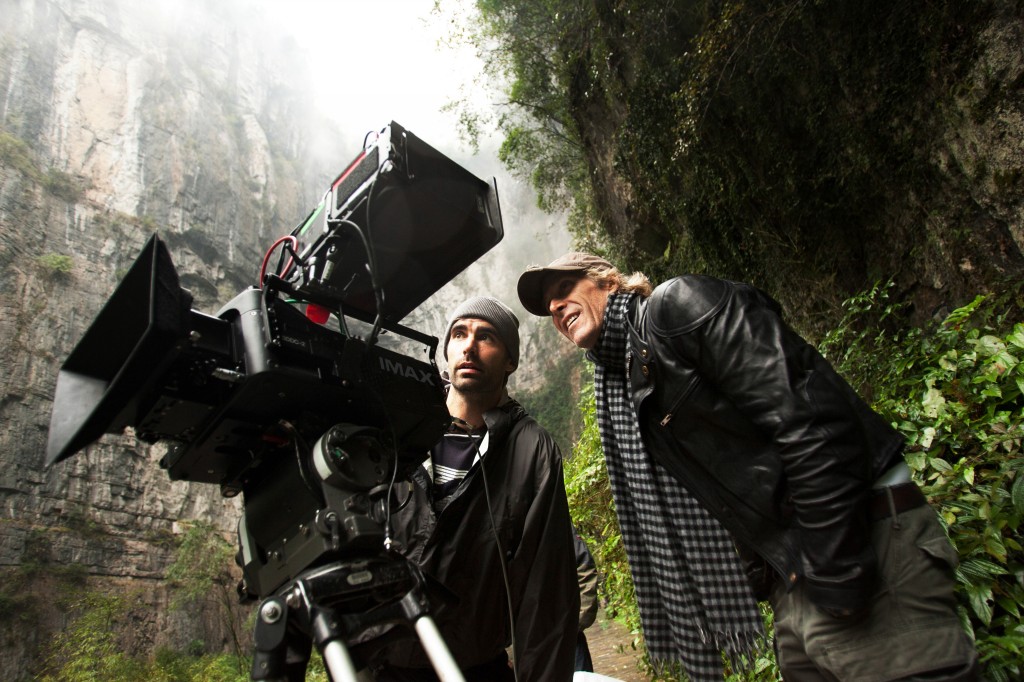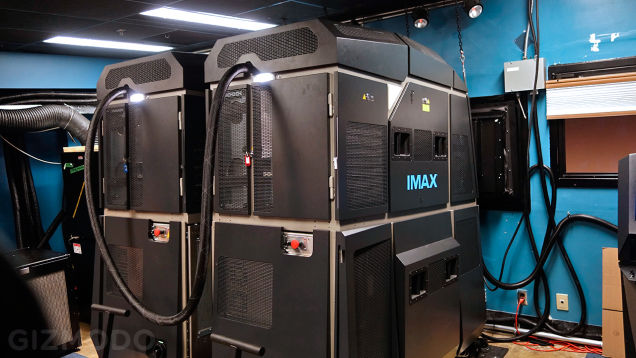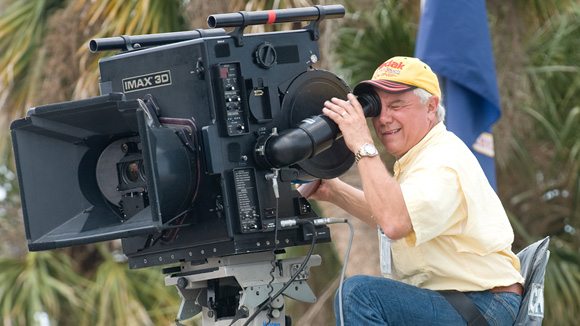“We’re blown away by what Michael Bay has been able to do with our new digital 3D cameras. With Transformers: Age of Extinction, he takes IMAX® 3D to the next level – putting moviegoers smack in the middle of the action with the Autobots and Mark Wahlberg as audiences have never seen before.” –Greg Foster, CEO of IMAX Entertainment

This week, our class had the privilege of exploring the new IMAX headquarters building in Playa Vista. We were told that we were in literally the best private screening room in the world, with a dual projector, 6.0 sound system and a 65 foot screen. The trembling bass had adrenaline coursing through my veins which, combined with the crystal clear images, put this theater leagues above any other theater I had ever been in. The theater did not yet have their latest dual laser projector, which was very surprising, as the images were still crystal clear on the large, 65 foot screen. This made me really want to go see Fast 7 at the TCL Chinese IMAX on their IMAX laser projector, to see how the image differed from that in this private theater.

Greg Foster brought up how IMAX has developed a smaller, digital 3D camera that is capable of producing 4K images in three dimensions. We were discussing how viewing 3D films is much more expensive than 2D films, which seems to be a large contributor to why many people prefer to see films at standard cinemas. It is exciting to contemplate the future of cinema, as many point to virtual reality as the next big innovation in cinema. While this would be revolutionary, I still fail to see how virtual reality in cinema would be feasible, as there are so many dimensions that would need to be altered in the production process. For example, how would the lighting and cameras be set up, yet not shown to audiences, if virtual reality allows viewers to see all that is around them?

Also interesting to me on the subject of 3D films it how almost all films (or at least the ones for which we viewed trailers) seem to be action movies, or superhero movies. I have never been a particular fan of 3D films as I have grown accustomed to seeing films in 24 frames-per-second on two dimensional screens, and for me, 3D is just bizarre and hard to watch. The experience seeing these action packed films is definitely a fun and amusing time, but I have never been very inclined to re-watch films such as Transformers, or The Avengers. These action packed 3D films do extremely well in the box office. However, I would be much more likely to rewatch a film that focuses less on special effects, and more on expressing a compelling story, such as The Godfather (1972) or Some Like it Hot (1959).
With advances in camera technology, as well as computer processing power to handle these increasingly large and complex images, it is very interesting to see where the future of the movie viewing experience will end up. My prediction is that 3D films will become outdated and eventually no longer produced, because the industry was built on 2D, and 2D films continue to dominate the market today.